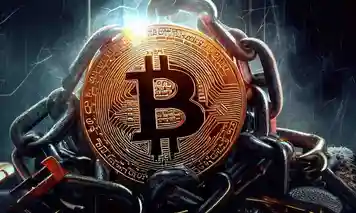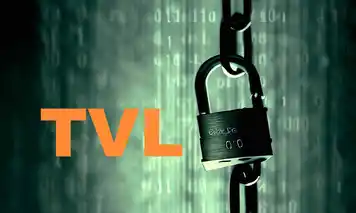Currently, traditional banking systems outperform most cryptocurrencies in terms of transaction processing capacity. One proposed solution to this limitation is blockchain sharding, which we'll explore in detail below.
UNDERSTANDING BLOCKCHAIN SHARDING
Blockchain sharding involves dividing transactions into smaller components, known as shards, which are then allocated to specific nodes for verification. This differs from traditional blockchain systems, where complete transactions are simultaneously sent to all network nodes, resulting in longer verification times.
The structure of sharding operates on two distinct levels, unlike the single-tier approach of conventional blockchain:
- Transaction fragments (shards) are organized into groups, each with unique identifiers that apply to all elements, including the transactions themselves.
- A modified blockchain that processes groups of transactions rather than complete individual transactions.
This reorganized verification approach, with its more efficient distribution of transactions across nodes, helps reduce processing times.
OBSTACLES IN IMPLEMENTING SHARDING
Although the concept seems straightforward, full implementation of blockchain sharding faces several significant challenges:
- There's currently no effective system for monitoring which nodes are processing specific transaction shards, making overall process management problematic.
- When a transaction is split between different nodes (e.g., Node A and Node B), there's a need for a reliable mechanism to exchange verification data between them.
- Integrating sharding into existing blockchain networks proves challenging. Proof of Stake (PoS) systems, particularly Ethereum, are considered most suitable for implementing this technology.
While blockchain sharding shows promise as a potential solution to Ethereum's scalability issues in the future, it currently lacks practical implementation in real-world applications.








